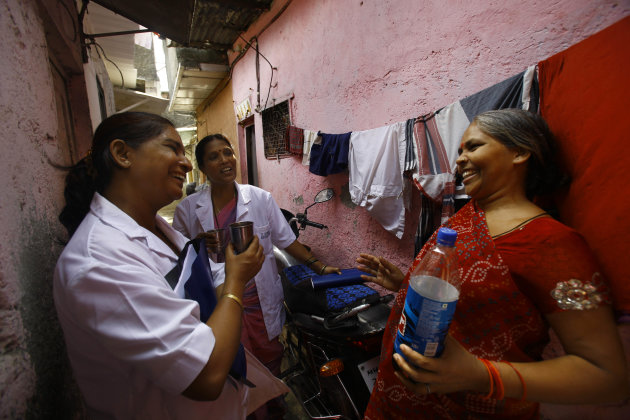 |
| XXXX |
Update June 26, 2013: Gold is now below
marginal
cost of production estimated at $1300 including capex.
Update June 20, 2013: The Futures based spot price has dropped to USD 1,300/oz.
US Mint prices are still USD 1,650/oz and above. I guess we are seeing the demise of paper gold, i.e. the irrelevancy of cash settled Gold futures.
There is a lot of interest in Gold specially after the spectacular drop in price on Friday April 12th this year (2013). There are many opinions on whether gold price will drop further (e.g.
Nouriel Roubini) or gold will go higher (e.g.
Jim Rogers and
Marc Faber). This post is not investment advice, but educational in what you should be considering if you plan to either buy or sell gold. There is
also an calculator on this page to convert gold spot price which quoted in USD/oz to get price of sovereign ("pauma") in LKR.
Gold Spot Price
Before any discussion on factors that influence gold prices it is important to know what Gold Spot Price means. The
gold spot price is a calculated price based on the most active futures being traded
typically at COMEX. Currently most Gold (and other commodities) futures contracts are settled in cash as against physically, i.e. real gold no longer changes hands thru the exchanges. (See an
introduction to Futures and trading on Margin).
Gold Price Collapse on April 12th 2013
The drop was because of 100 tonnes (about 15% of annual gold mine production) of gold futures was sold/dumped on Friday 12th. If someone was really wanting to get the best price then futures would have been sold in small quantities spread over time. However, in this case the reason was to push gold prices. As the trading was on margin, to enter the trade worth USD 20 billion, all that was needed was USD 1 billion. Note that, to do the trade the sellers did not even need to have even one ounce of the 400 tonnes of Gold futures they were selling
[note]. Before the end of the day the Futures sellers probably have already made their money when the
prices dropped below their selling price. You just buy Futures
contracts at price below what you sold, cover the contract and out of
the market. All on margin, i.e. a large profitable gamble.
There is a strong possibility that there is going to be a disconnect between
gold spot prices based on futures and actual prices paid for bullion. i.e. The price paid to buy gold coins and bullion are going to be at a premium compared to the exchange spot prices. For instance the
US mint price for 1 oz gold Buffalo (0.999 purity) coins were $1,649 to $1,799. The US mint prices for Gold eagles (0.9167 purity) were $1,599 - $1,799. Spot prices are (week of June10 to15, 2013) were around USD 1,380. Thats a minimum of $200 (15%) markup from spot prices.
The Pros for Increase in Price of Gold Bullion (see Marc Faber)
a) Increasing Purchases of gold by Central Banks (
see here and
here)
b) Increased purchases of Gold by consumers in China and India
c)
Devaluation of USD and EUR because of US Federal Reserve (Fed) and European Central Bank(ECB) pumping money (QE) into system
The Cons for Increase in Price of Gold Bullion (see Roubini)
a) Political (War) Crises are ending.
b) Economies are recovering and Interest rates are rising.
c) Countries with debt (e.g. Cyprus, Greece) are selling
gold reserves.
Like I said I am not giving investment advice. You check the pro and cons of buying gold and make a decision and it should be long term of at least three or more year horizon.
Calculator to convert price in USD/oz
You can check
Sea Street Prices at Alawdeen Jewellers
Expect the Sea street prices to be higher than spot rate and exchange rate conversion. Thats because of duty etc.
India just raised duty on gold because of increased demand
[note]Remember, this is not Physical gold you are selling, its paper/cash settled so you dont need to have 400 tonnes of Gold, just the margins in Cash.















